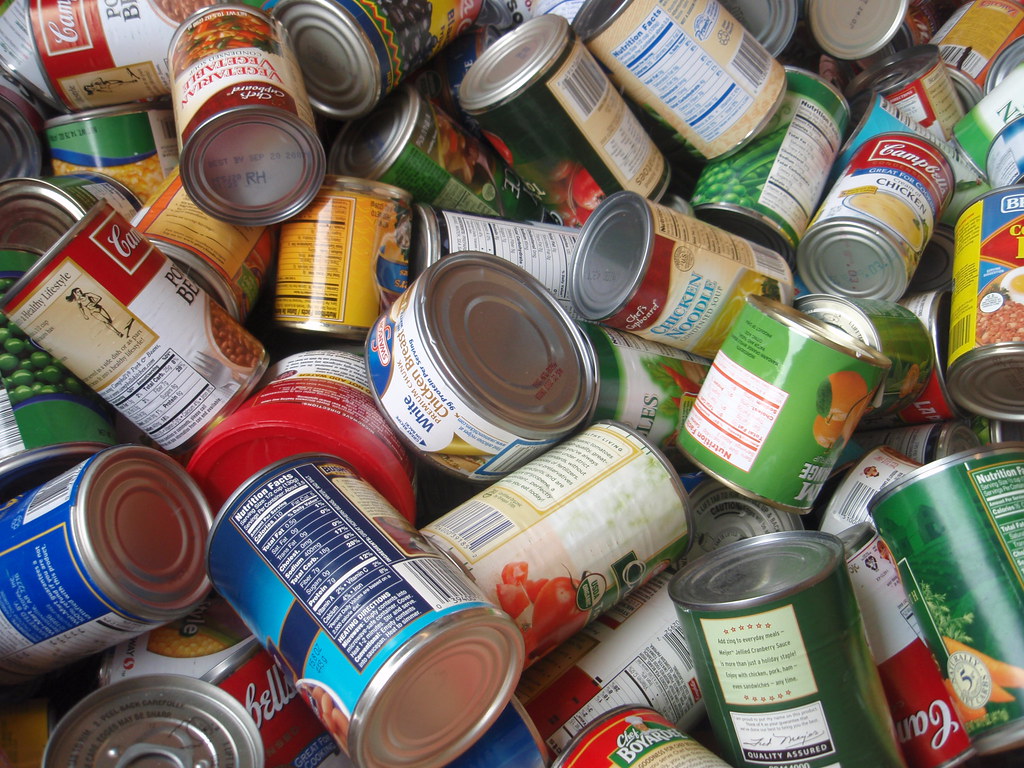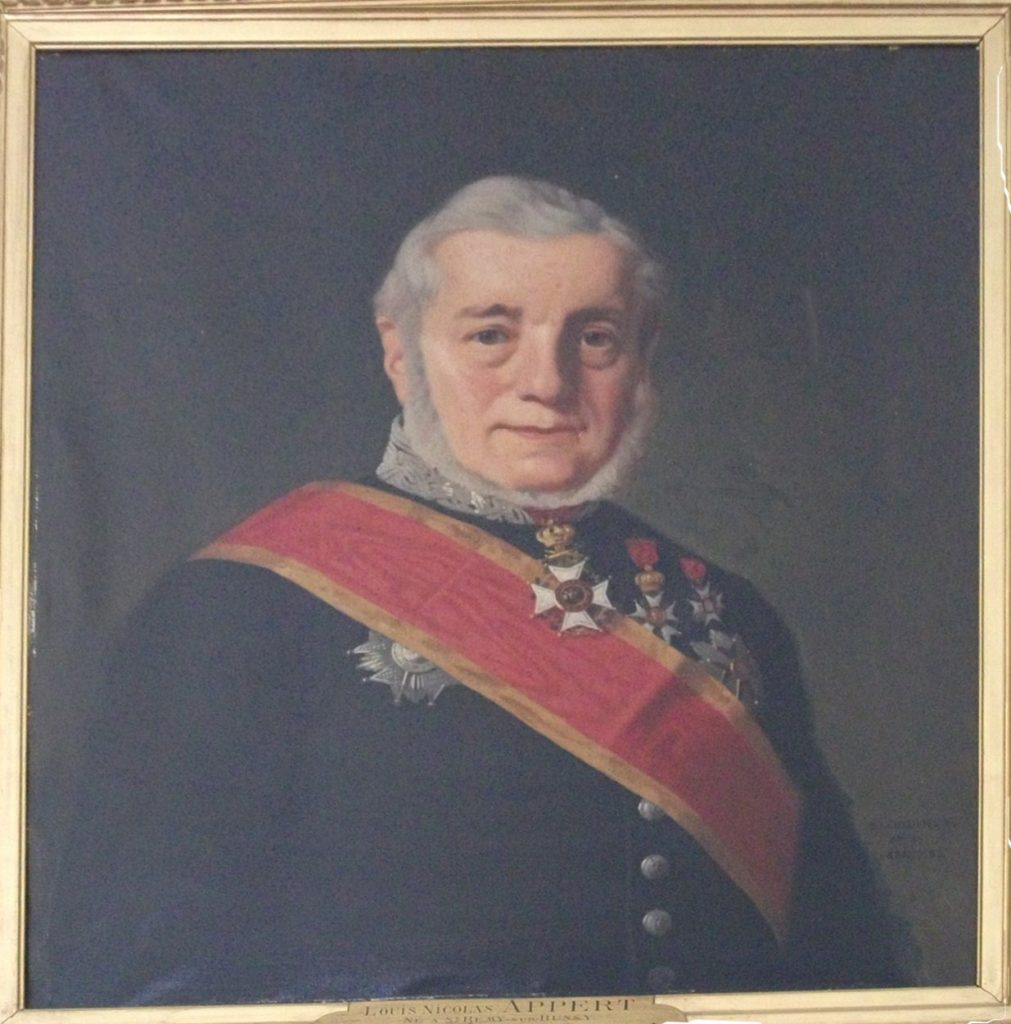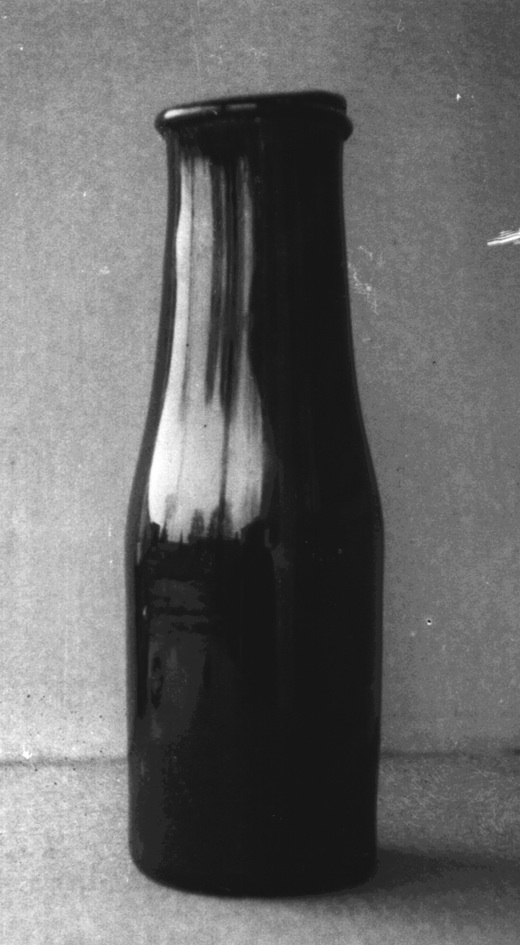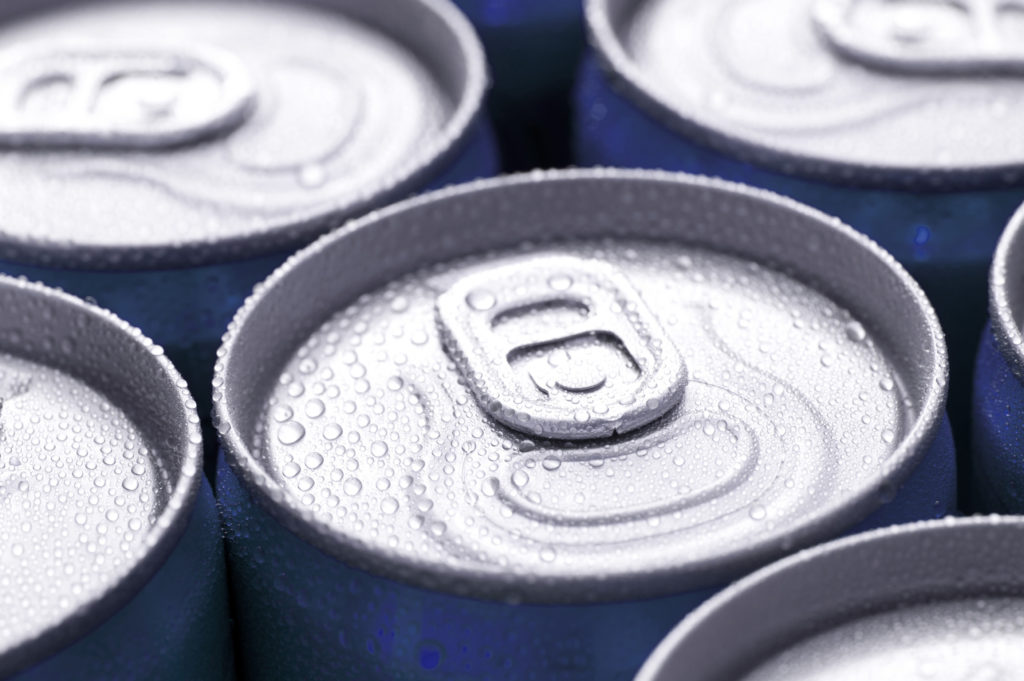Canning is one of the most common ways of packaging food around us. We can find canned meat, canned fish and canned fruit in the supermarket. The packaging method of cans preserves the shape of the food inside the cans, and the hard shell provides convenient for transportation and stacking of cans. However, looking back at the development of canning, like other great achievement, this is not happened overnight. Nicolas Appert, known as the father of canning, has extensive experience in the food industry. A former worker at a pickled cabbage factory, winery, candy factory and restaurant, when he ran his own candied food business, he found that selling fruit pulp and wine, and he found that in the same storage environment he believed, some foods were prone to spoilage, some can be kept for a long time. In order to solve this puzzle, he began to explore the reason.

At the beginning of the 19th century, the issue of food supplies to the army made the French government anxious at the time. Rushing on the road and the hot environment accelerate the speed of food spoilage. Food cannot be provided in time, which will inevitably lead to a decline in the physical fitness of the soldiers participating in the war and weaken the combat effectiveness of the troops. In order to solve this thorny problem, the government at that time took out a large bounty to find a way to preserve food for a long time.

Nicolas Appert discovered a bottle of juice that had not been used for a long time but had not gone bad, so he began researching ways to extend the shelf life of food. Nicolas Appert conjectured that the spoilage of food may be caused by air. In Nicolas Appert’s view, the glass bottle was the device that could be used at that time, with the least air penetration. Therefore, because of this its material and the advantages of holding more things, the wide-mouth glass bottle has become the object of Nicolas Appert’s choice of installation food.
Finally, in 1804, after nearly a decade of hard and repeated experiments, Nicolas Appert discovered the mystery. He found that by sealing the food in the bottle and heating it appropriately, the food in the bottle can be stored for a longer period of time without spoiling.

After many attempts, Nicolas Appert stoop up again in the failure of the experiment. At last he came up with a more comprehensive method, that is, first fill the glass jar with food, then gently stopper the bottle with a cork, put it in water and boil for 30 to 60 minutes. Before the food has not cooled down, use a cork stopper to close the bottle mouth tightly, and finally use thread to reinforce the canvas or seal the bottle mouth with wax. In this way, the purpose of preserving food and extending the shelf life can be achieved through the method of re-sealing after high-pressure and high-temperature sterilization and preservation. This was the original food canning technology. Nicolas Appert’s glass canned food is the original prototype of canned food.
Nicolas Appel’s method solved the army food problem encountered by Napoleon. This technology is also widely used in food preservation in the military and nautical future.
Soon after Nicolas Appert’s glass cans, Peter Durand, an Englishman, began to choose a new material to store food. Instead of Nicolas Appert’s glass bottles, Peter Durand used tin cans. This technology has been passed to the United Kingdom and the United States. Canneries began to spring up on both lands. Canned food as a form of food packaging, has gradually entered people’s lives.After the appearance of the bottle opener, canned food as a form of packaging is more popular than ever before.
During the war, canned food influenced by Nicolas Appert became the army’s first choice. In modern society, the packaging of drinks such as Coca-Cola was also influenced by the Nicolas Appert bottling technology.

It can be seen that Nicolas Appert’s canning technology is a huge change that cannot be ignored for food preservation and even the entire food field.
Refer:
https://en.wikipedia.org/wiki/Nicolas_Appert
https://en.wikipedia.org/wiki/Peter_Durand
https://www.cancentral.com/can-stats/history-of-the-can
https://www.encyclopedia.com/food/encyclopedias-almanacs-transcripts-and-maps/packaging-and-canning-history
https://www.qbyv.com/product/history-of-the-can-timeline/